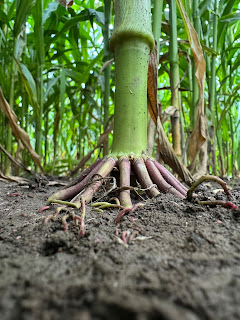Book Report
"It’s What I Do: A Photographer’s Life of Love and War" is a powerful memoir by photojournalist Lynsey Addario. Published in 2015, the book takes readers on a gripping journey through Addario's extraordinary life, offering a firsthand account of her experiences as a conflict photographer and the personal challenges she faced in balancing a career defined by war with the pursuit of love and family.
One of the most compelling anecdotes in "It’s What I Do: A Photographer’s Life of Love and War" by Lynsey Addario is her account of the harrowing experience she faced while covering the conflict in Libya. This particular episode stood out for me due to its intensity, the raw emotion conveyed in Addario's writing, and the profound impact it had on her perspective as a photojournalist.
In this gripping section of the memoir, Addario describes her capture alongside three fellow journalists by forces loyal to Muammar Gaddafi in March 2011. The vivid details of the ordeal, from the initial confusion and fear to the physical and emotional toll of captivity, create a narrative that is both heart-wrenching and impossible to put down. The tension is palpable as Addario shares the moments leading up to their capture and the uncertain fate that awaited them.
Lynsey Addario's photojournalism is distinguished by its intimate and humanizing approach, capturing the essence of her subjects with a blend of empathy, sensitivity, and a keen eye for detail. Her work stands out in several ways, showcasing a unique style that sets her apart from other photographers in the field.
I empathize with Addario's sense of duty to document and bring attention to the human stories unfolding in conflict zones. They see her work as a courageous and necessary contribution to the world, shedding light on the often overlooked and deeply human aspects of war. Her commitment to bearing witness to the suffering of others and raising awareness about the consequences of conflict is commendable, and some may view it as a vital service to humanity.
On the other hand, there may be those who question the choices made by photojournalists like Addario. The perceived risks and potential harm to personal well-being can lead some to question whether pursuing such a career is driven by a sense of duty or a perhaps misguided compulsion. Concerns may arise about the impact on mental health, the toll on personal relationships, and the potential ethical dilemmas faced in documenting traumatic events.
Lessons from Addario's emphasis on establishing a genuine connection with her subjects could encourage photojournalists to prioritize empathy in their work. This might involve spending more time with the communities they document, understanding their perspectives, and capturing images that convey the depth of human experiences. For example, a photojournalist might focus on highlighting the resilience of a community recovering from a natural disaster by building personal connections with its members.
Yes, I would recommend "It’s What I Do: A Photographer’s Life of Love and War" by Lynsey Addario to others, particularly to those interested in photography, journalism, human rights, and the impact of conflict on individuals and communities.



Comments
Post a Comment